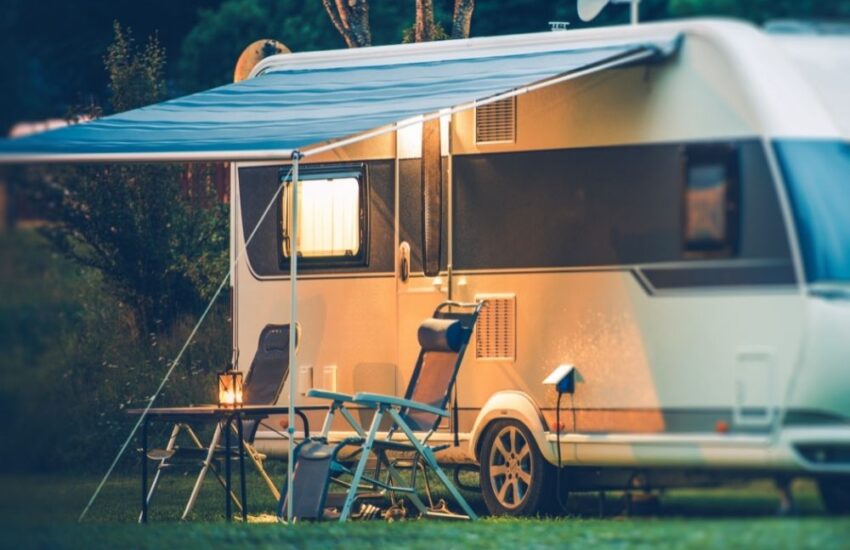Let me start with a confession: I used to think insuring my RV was just another paperwork chore. If you’re hitting the open road in your home-on-wheels, skipping this protection could turn your dream trip into a financial nightmare. That changed after a rainy night in Oregon, when a neighbor’s towable slid into a ditch. Their “regular auto insurance” covered the fence they damaged but left them stranded with a $15,000 repair bill. Ouch.
Why Your Car Insurance Falls Short for RVs And What to Do
Here’s the thing: RVs are weird hybrids. They’re part vehicle, part kitchen, part bedroom. Your standard car policy? It’s like bringing a butter knife to a chainsaw fight. I’ll never forget the family I met at a Utah campground who lost their fifth wheel to an electrical fire. Their auto insurance shrugged at the melted kayaks, ruined laptops, and custom bedding. “Contents aren’t our problem,” the adjuster said. That’s when I realized RV insurance isn’t optional. It’s survival gear.
The 4 Coverages Every RV Owner Needs Right Now
First up: liability. Imagine clipping a Prius with your 30-footer. Scary, right? Most experts recommend at least $250,000 in coverage enough to handle medical bills and that Prius owner’s lawsuit. Next, comprehensive coverage. Hailstorms, bear break-ins yes, really, or a tree branch through your skylight? This fixes it.
Collision coverage is non-negotiable, even if it stings your wallet. Repairing fiberglass or slide-outs costs more than fender-benders. Finally, content coverage. Pro tip: Document everything. My buddy learned this the hard way when his stolen generator was deemed “unproven” without receipts.
Bonus Protections for Hardcore Road Warriors
Full-timers, listen up: If your RV is your permanent address, you need full-timer coverage. It’s like homeowners insurance for nomads. And emergency expense coverage? Lifesaver. When my water pump died in Death Valley, it covered two nights at a motel and a rental car. Without it, I’d have slept in a tow truck.
Roadside assistance tailored for RVs is clutch. Regular tow trucks often can’t handle motorhomes. I once waited six hours for a specialized rig covered entirely by my policy.
How to Save on RV Insurance Without Cutting Corners
Your premium depends on three things: what you drive, how you use it, and where you park. Class A owners pay more than pop-up campers, obviously. But here’s a hack: Ask about storage discounts. Storing my rig in a secured lot shaved 12% off my bill. Bundling with home insurance? Another 15% saved.
What Snowbirds Get Wrong About Seasonal Coverage
Winter RV-ers, beware: Lay-up policies pause collision coverage while parked. Great for saving cash, but *do not* drive that rig until you reinstate full coverage. My cousin learned this after scraping his Airstream leaving storage in March, while still on “winter” rates. The $8,000 repair? Entirely out-of-pocket.
Final thought: Insuring an RV feels tedious until you need it. Then it’s everything. Skip the fancy grill accessories this is where your money matters. Because nothing kills adventure vibes faster than realizing you’re underinsured in the middle of nowhere. Been there? Share your story below, let’s commiserate.
References
National Highway Traffic Safety Administration: https://www.nhtsa.gov/road-safety/recreational-vehicles
Insurance Information Institute: Recreational Vehicle Insurance. https://www.iii.org/article/recreational-vehicle-insurance
Federal Emergency Management Agency: Disaster Preparedness for RV Owners. https://www.fema.gov/emergency-managers/individuals-communities/recreational-vehicles

